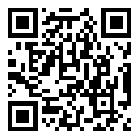Product List
Contact Us
Email:qiao@hvtest.cc
Mobile:+8615871365102
What's app:+8615871365102
-
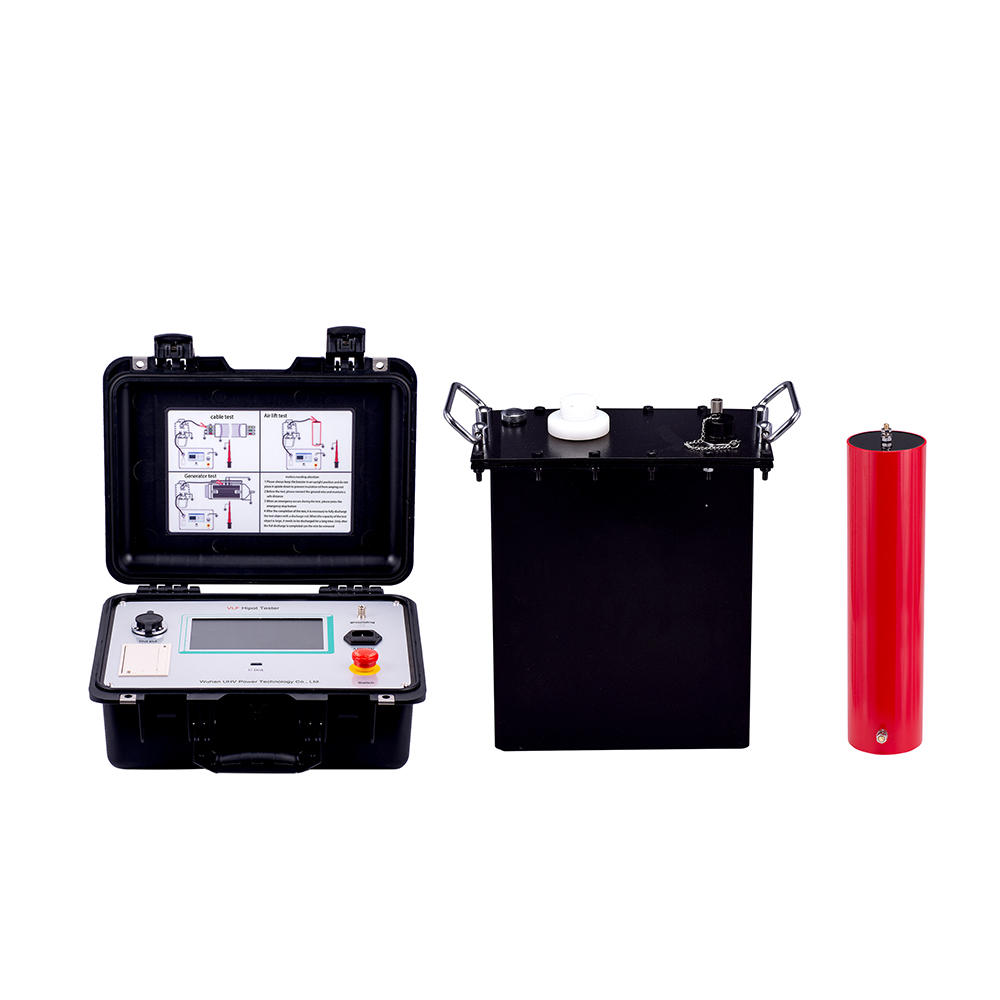
Unveiling the 'VLF generator': What you don't know!
2025-12-24Have you ever been curious about those seemingly mysterious "ultra-low frequency" technologies? What exactly are they? In which fields can one demonstrate their skills? Today, let's unveil the mysterious veil of VLF generators together.What is the VLF generator?Simply put, the VLF generator is a device that can generate extremely low-frequency electrical signals. The term 'ultra-low frequency' here usually refers to the range of frequencies between 0.1Hz and 10Hz. You may ask, what's the use of such a low frequency? Don't underestimate it, in many key areas, this is precisely the "frequency password" that plays a crucial role.What are the influencing factors?To ensure the stable and efficient operation of VLF generators, multiple factors need to be considered:Power stability: A stable input power supply is the foundation for ensuring the accuracy of output signals.Component quality: The performance of core electronic components directly determines the accuracy and l
MORE -
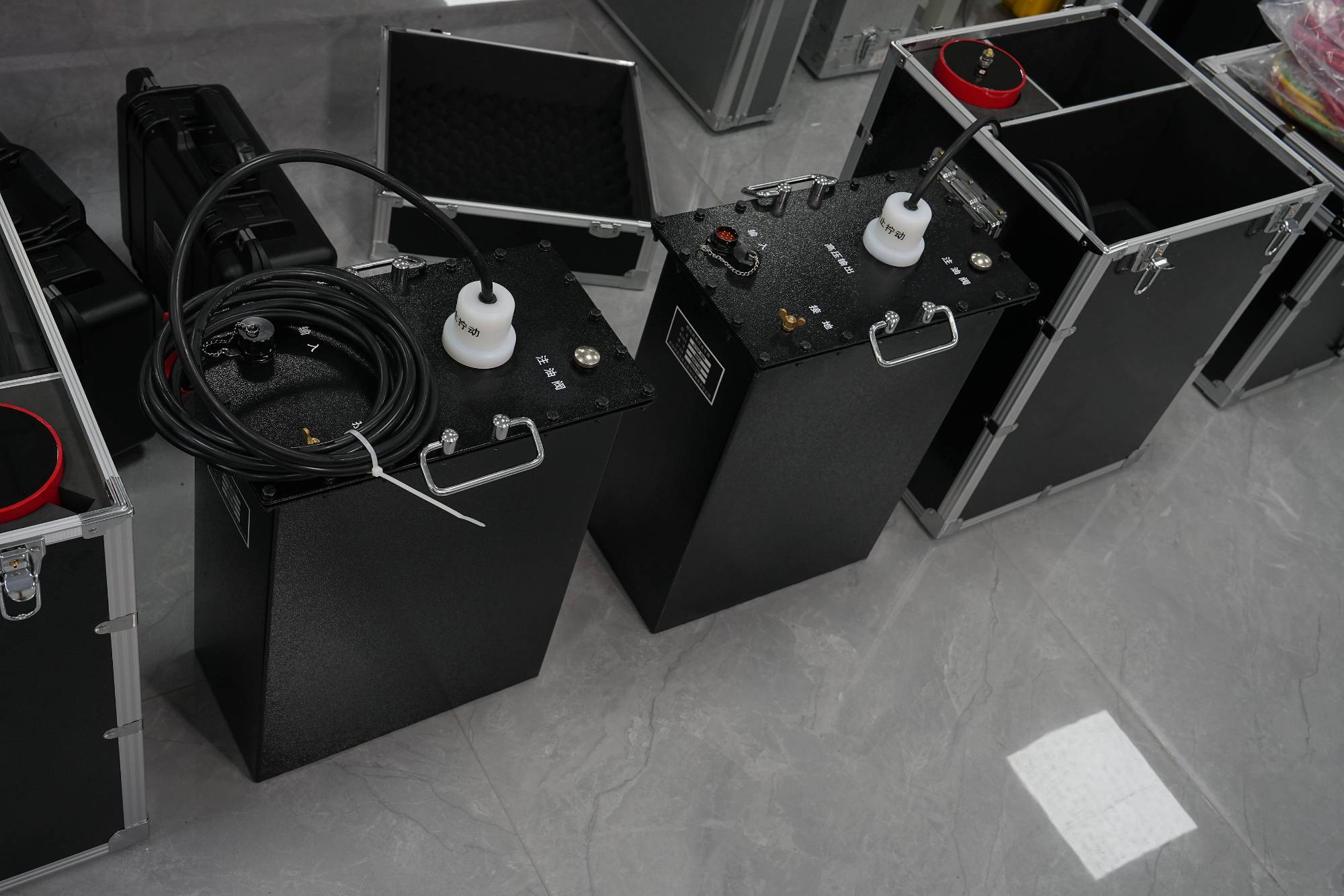
Unveiling the 'VLF withstand voltage test device': the secret weapon of power equipment 'health inspectors'!
2025-12-24Hey, colleagues in the power industry! Today, let's talk about a seemingly high-end but incredibly important device - the VLF withstand voltage test devices. You may ask, what is this thing for? Simply put, it is like a "health inspector" for power equipment before leaving the factory and during service, responsible for conducting a "withstand voltage" test on high-voltage equipment to see if they can withstand the "pressure".What is ultra-low frequency withstand voltage test?Let's first break down this name. The 'withstand voltage test' should be familiar to everyone, which is to apply high voltage to the equipment to see if it will 'electrocute'. What does' ultra-low frequency 'mean? The traditional power frequency (50Hz or 60Hz) withstand voltage test may cause excessive pressure and damage to some large, old, or aging insulation equipment (such as cables, transformers, etc.). And ultra-low frequency testing, as the name suggests, is to use a very low
MORE -
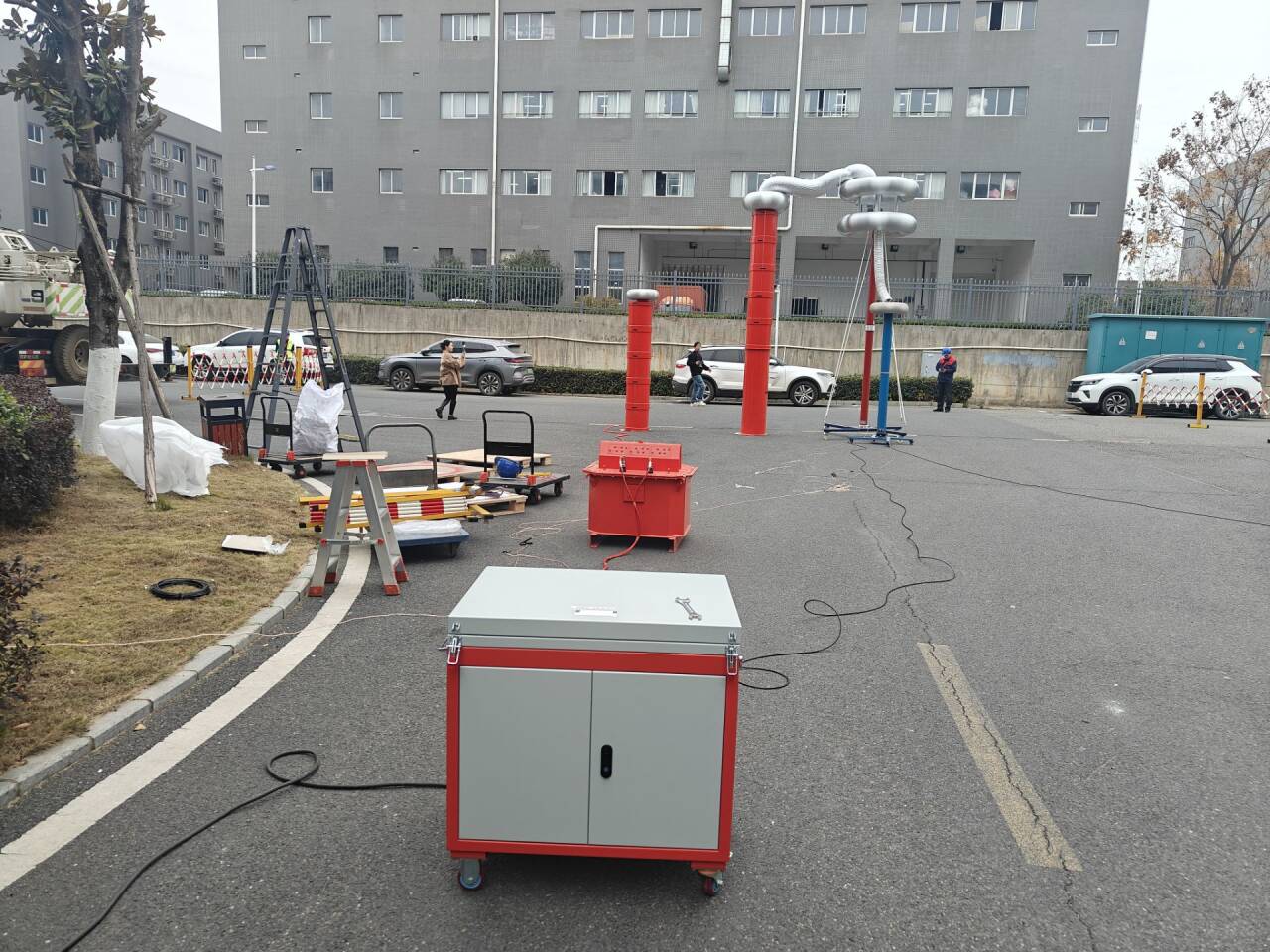
System ferromagnetic resonance
2025-12-23System ferromagnetic resonance? Wuhan UHV specializes in the production of series resonance, with a wide range of product selection and professional electrical testing. To find series resonance, choose Wuhan UHV. Ferroresonance is a resonance condition formed by iron core inductive components such as generators, transformers, voltage transformers, reactors, arc suppression coils, and system capacitive components such as transmission lines and capacitance compensators, which excite sustained ferromagnetic resonance and generate resonant overvoltage in the system. Resonant overvoltage accidents are the most frequent and can occur in power grids of various voltages, seriously affecting safe operation in the power grid. The main hazards of ferromagnetic resonance include system overvoltage, insulation breakdown, PT burnout, and lightning arrester explosion. The ferromagnetic resonance in the power system can be divided into two categories: one is the phenomenon of ferromagnetic resonance i
MORE -
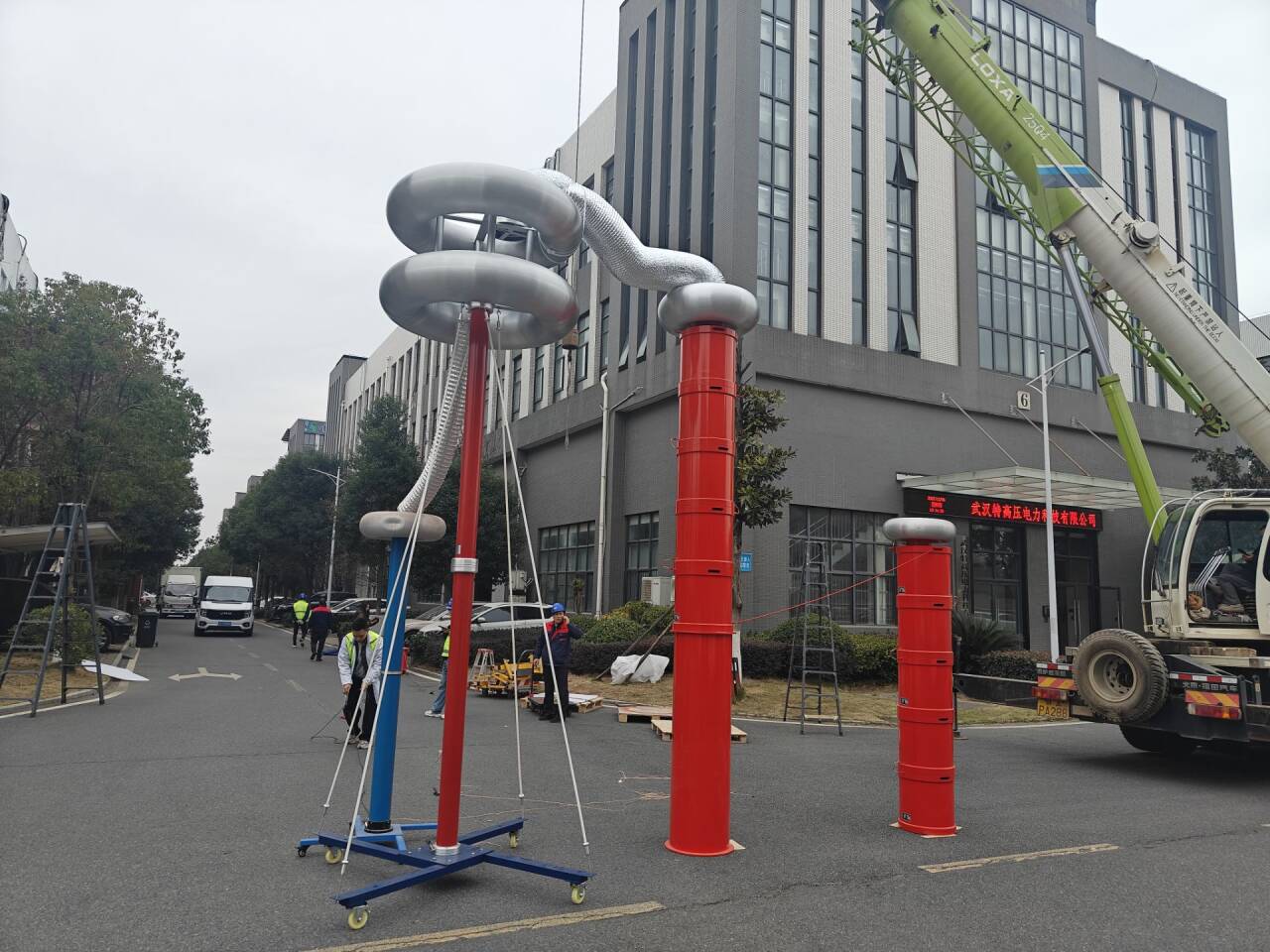
Resonant motion
2025-12-23Resonant motion? Wuhan UHV specializes in the production of series resonance, with a wide range of product selection and professional electrical testing. To find series resonance, choose Wuhan UHV. Resonance is a physical harmonic vibration, in which the acceleration of an object is proportional to the displacement from the equilibrium position and is always directed towards the equilibrium position by the restoring force. The dynamic equation is F=- kx. The phenomenon of resonance is that the current increases and the voltage decreases. The closer it is to the resonance center, the faster the ammeter, voltmeter, and power meter rotate, but the difference from short circuit is that there will be no zero sequence quantity. In physics, there is a concept called resonance: when the frequency of the driving force is equal to the natural frequency of the system, the amplitude of the forced vibration of the system is maximized, and this phenomenon is called resonance The resonance in a circu
MORE -
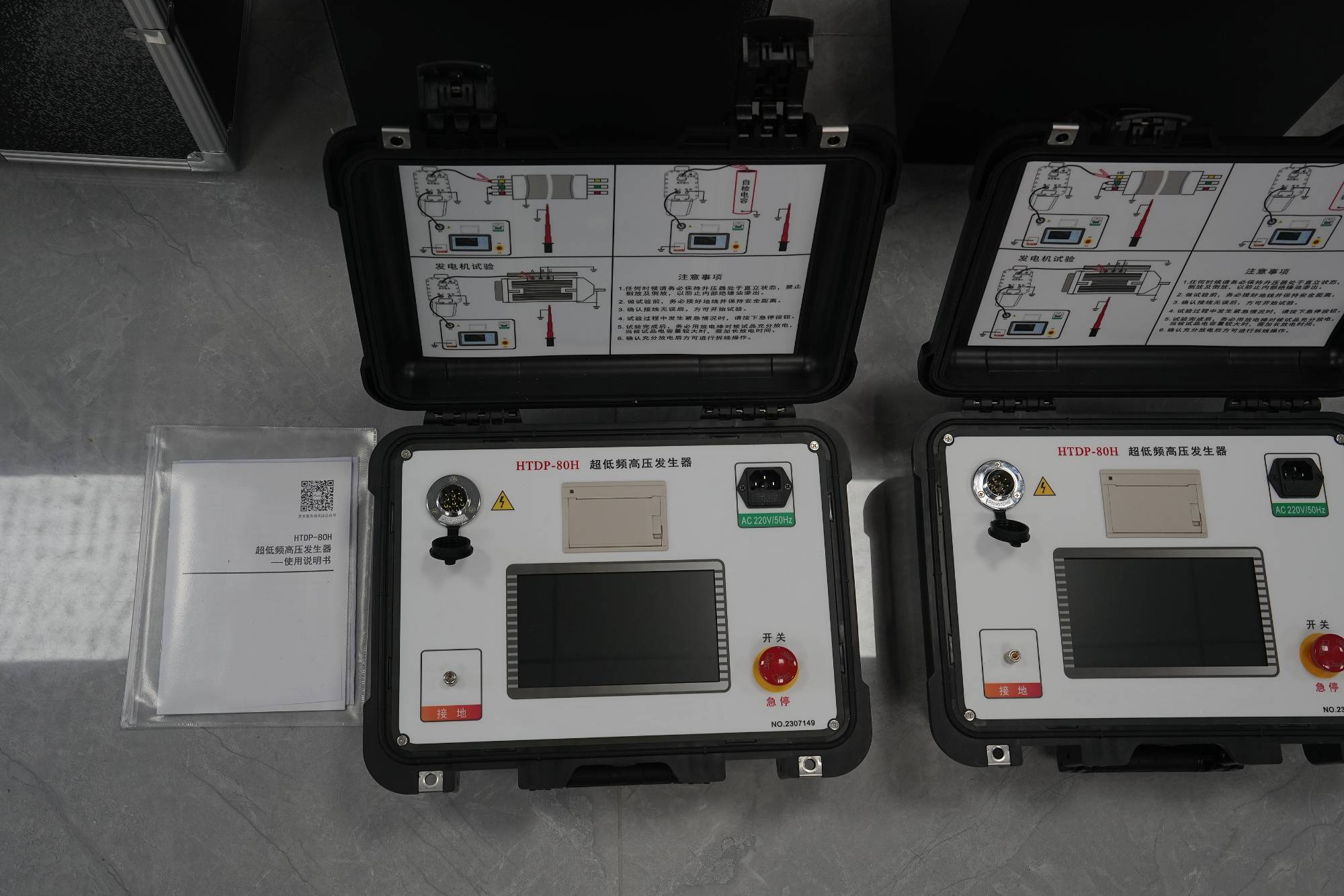
What are the precautions for VLF high-voltage generators during the testing process?
2025-12-22The VLF hipot tester under Wuhan UHV can help many power workers conduct various power tests more conveniently.The test results of VLF high-voltage generators are an important reference for determining whether cables can be put into operation, and are widely used in the power industry. This article will introduce the precautions for VLF high-voltage generators during the testing process.1. Rongsheng effectDue to the fact that the voltage withstand test process of cables is purely a capacitive load, when using an VLF high-voltage generator for voltage withstand test, the capacitive current generated in the test circuit will generate a certain amount of frequency impedance voltage drop on the winding of the voltage generator. This creates a capacitance rise effect when the actual voltage acting on the test cable is higher, and the longer the length and larger the capacity of the cable, the more obvious the capacitance rise effect. Therefore, when conducting voltage withstand test, it i
MORE -
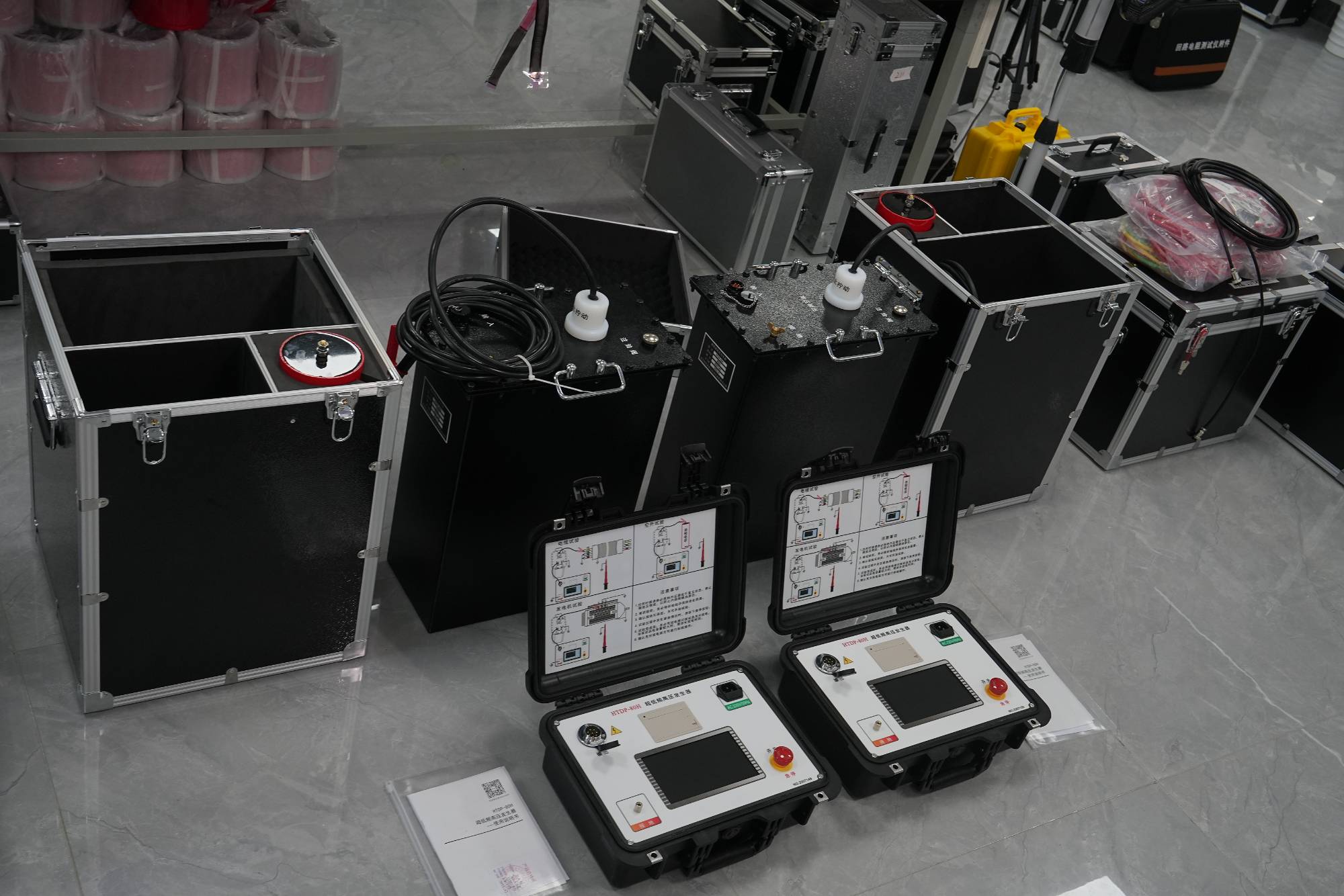
Method for determining whether the output waveform of the VLF high-voltage generator is normal
2025-12-22The VLF hipot tester under Wuhan UHV can help many power workers conduct various power tests more conveniently.1. Use an oscilloscope for observationa. Connect oscilloscope: Connect the probe of the oscilloscope to the output terminal of the VLF high-voltage generator. During the connection process, it is necessary to ensure that the probe has sufficient voltage resistance and is firmly connected to prevent signal interference or safety accidents.b. Set oscilloscope parameters: Based on the output frequency and voltage range of the VLF high voltage generator, set the oscilloscope's time axis (time base) and voltage axis (vertical sensitivity). For example, if the output frequency is 0.1Hz, the time base can be set to display enough points per cycle for easy observation of waveform details, such as around 10s/div; For the voltage axis, set it reasonably according to the expected output voltage amplitude to ensure that the waveform can be displayed completely on the oscilloscope scre
MORE -
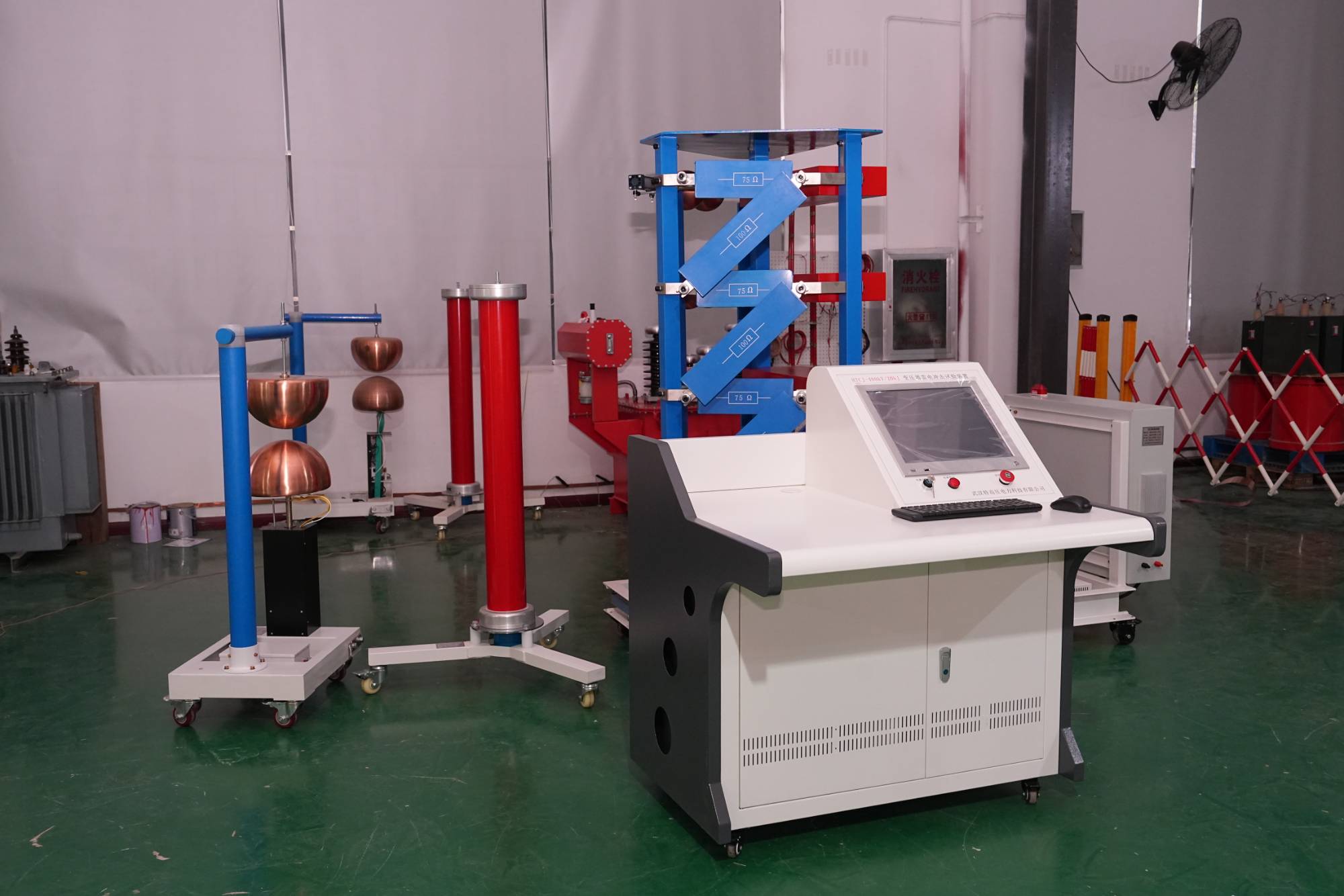
Imported manufacturer of voltage generator test device
2025-12-19The lightning impulse voltage generator test device under Wuhan UHV can help many power workers conduct various power tests more conveniently.In the field of high-voltage electrical testing and insulation performance research, the voltage generator test device is a key equipment for simulating various overvoltage conditions to test the performance of electrical equipment. With the continuous improvement of the manufacturing level and operational reliability requirements of power system equipment, voltage generator testing has become an important part of the research and type testing of electrical equipment such as transformers, insulators, and lightning arresters. Choosing a voltage generator test device with reliable performance and precise testing is of great significance for ensuring the accuracy of test data and the safety of equipment. Among numerous professional equipment manufacturers, Wuhan UHV has become a trusted high-quality supplier in this field due to its profound technic
MORE -
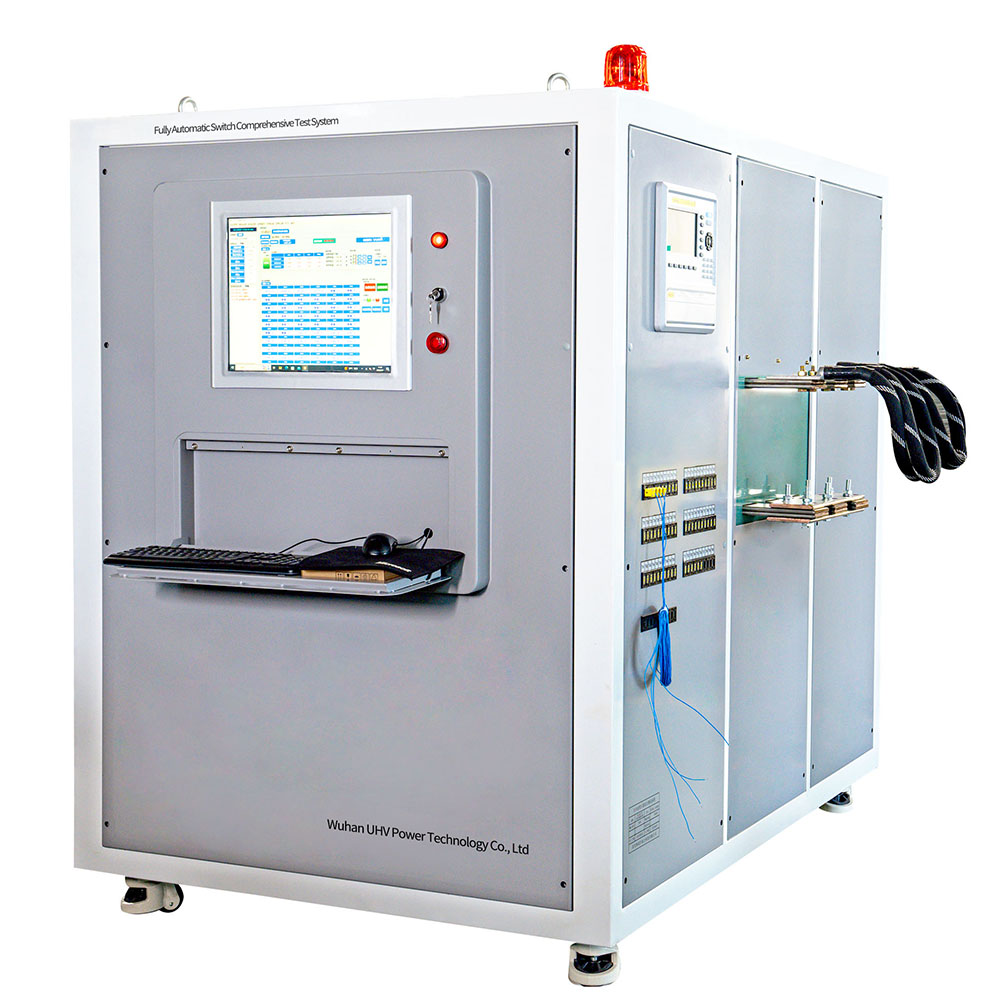
Procurement of Transformer Temperature Rise Test Equipment
2025-12-19The fully automatic temperature rise test device under Wuhan UHV can help many power workers conduct various power tests more conveniently.In the field of power equipment testing and experimentation, transformer temperature rise testing equipment is a key device for evaluating transformer load capacity and thermal stability. With the continuous improvement of reliability requirements for power system operation, temperature rise testing has become an important part of transformer factory testing, handover testing, and preventive testing. Choosing reliable and precise temperature rise testing equipment is of great significance for ensuring the safe operation of transformers and extending equipment life. Among numerous professional equipment manufacturers, Wuhan UHV has become a trusted high-quality supplier in this field due to its profound technical accumulation and rich industry experience.The technical performance of transformer temperature rise test equipment is an important standard
MORE -

Price of circuit breaker temperature rise test equipment
2025-12-18The fully automatic temperature rise test device under Wuhan UHV can help many power workers conduct various power tests more conveniently.The core configuration of the circuit breaker temperature rise test equipment directly affects its value positioning, which is the foundation of Wuhan's UHV pricing system. The current output capability of the equipment is one of the core parameters. For different specifications of circuit breakers (such as 100A, 630A, 2500A, 4000A), Wuhan UHV provides equipment with different current levels, ranging from several hundred amperes to tens of thousands of amperes. The wider the current output range and the higher the continuous output stability, the higher the corresponding configuration cost; The accuracy and number of channels of the temperature acquisition module also affect pricing. The high-precision (± 0.1 ℃) and multi-channel (16/32 channels) temperature acquisition scheme can simultaneously monitor the temperature rise of multiple parts suc
MORE -

How much does the variable frequency series resonant voltage withstand device cost
2025-12-18The series resonance under Wuhan UHV can help many power workers conduct various power tests more conveniently.In the field of power detection, the variable frequency series resonant withstand voltage device is one of the key equipment to ensure the safe operation of power equipment. The device produced by Wuhan UHV has become a leader in the market with its excellent performance and quality.The variable frequency series resonant withstand voltage device of Wuhan UHV adopts advanced technical principles. It mainly consists of a variable frequency control power supply, an excitation transformer, a reactor, a capacitive voltage divider, and other components. By adjusting the output frequency of the variable frequency power supply, resonance occurs between the reactor and the capacitor of the test object in the circuit, thereby generating high voltage on the test object to meet the AC withstand voltage test requirements of various power equipment.From a performance perspective, the Wuhan
MORE -
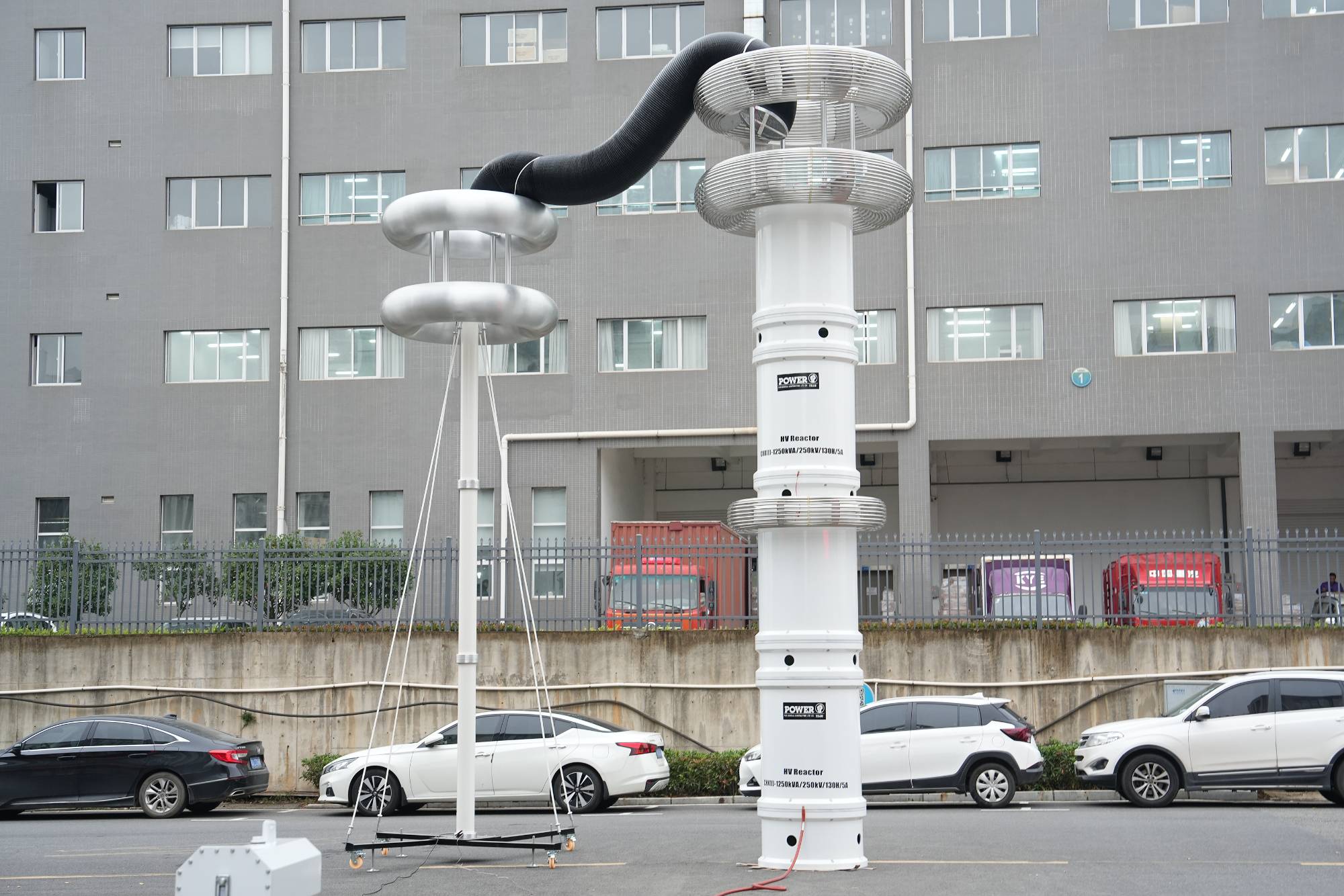
Power system resonance
2025-12-17Power system resonance? Wuhan UHV specializes in the production of series resonance, with a wide range of product selection and professional electrical testing. To find series resonance, choose Wuhan UHV. Overvoltage phenomenon is quite common in the power system. The main causes of overvoltage in the power grid include resonance overvoltage, operating overvoltage, lightning overvoltage, and sudden changes in system operation mode, as well as system overvoltage caused by severe load fluctuations. Among them, resonance overvoltage occurs frequently and its harm is significant. Ferroresonance is a resonance condition formed by iron core inductive components such as generators, transformers, voltage transformers, reactors, arc suppression coils, and system capacitive components such as transmission lines and capacitance compensators, which excite sustained ferromagnetic resonance and generate resonant overvoltage in the system. Reason for series resonance: When performing knife switch ope
MORE -
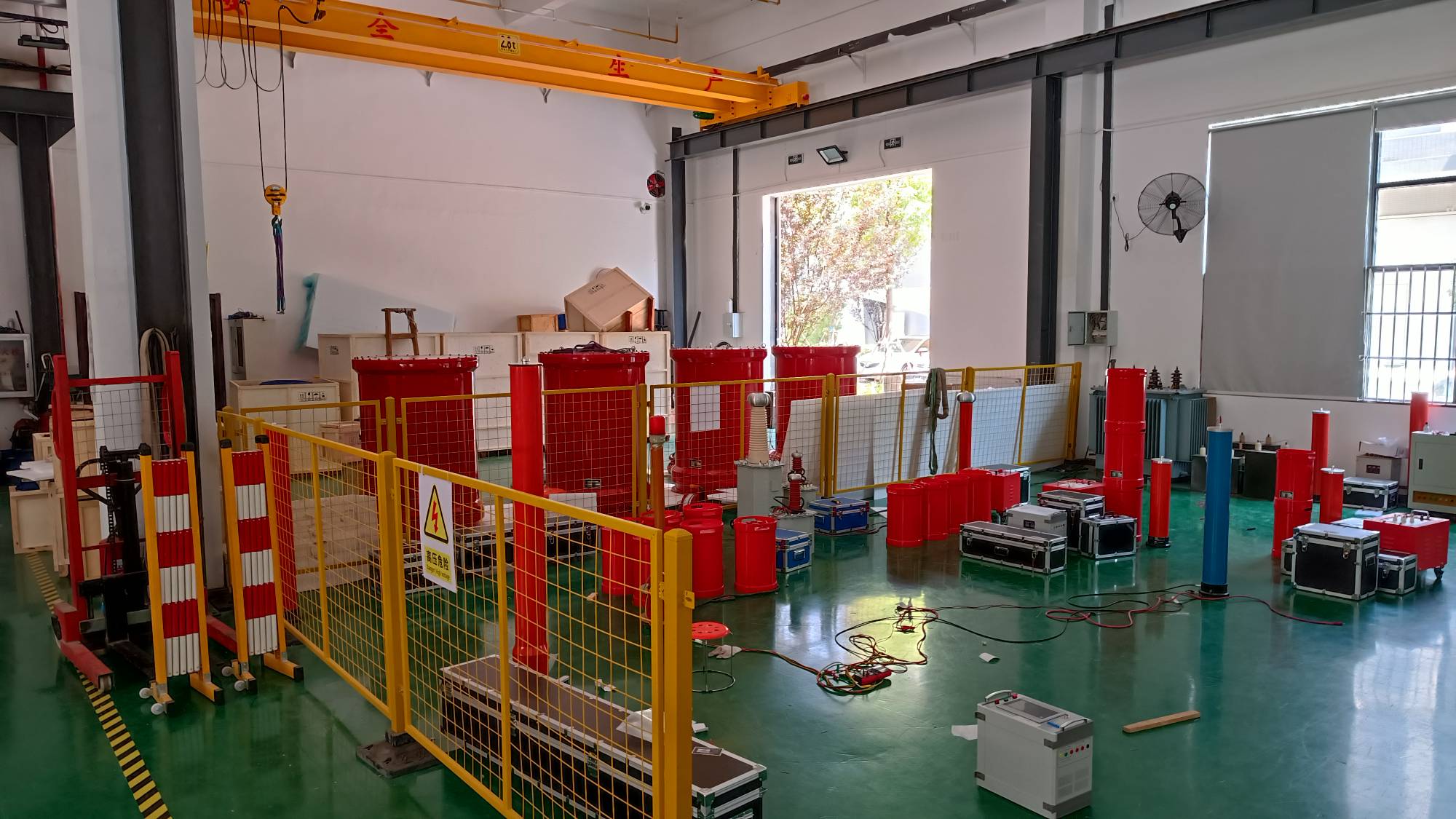
Variable frequency resonant high-voltage test device
2025-12-17Variable frequency resonant high voltage test device? Wuhan UHV specializes in the production of series resonance, with a wide range of product selection and professional electrical testing. To find series resonance, choose Wuhan UHV. The variable frequency resonant high-voltage test device utilizes the inductance of a reactor and the capacitance of the test object to achieve capacitance resonance, obtaining high voltage and high current on the test object. It is a new method and trend in high-voltage testing and has been widely used both domestically and internationally. The variable frequency resonant high voltage test device is a resonant current filtering circuit that can improve power waveform distortion, obtain better sine voltage waveform, and effectively prevent harmonic peak values from causing false breakdown of the test sample. Variable frequency series resonance works in a resonant state. When the insulation point of the test sample is broken down, the current immediately b
MORE -
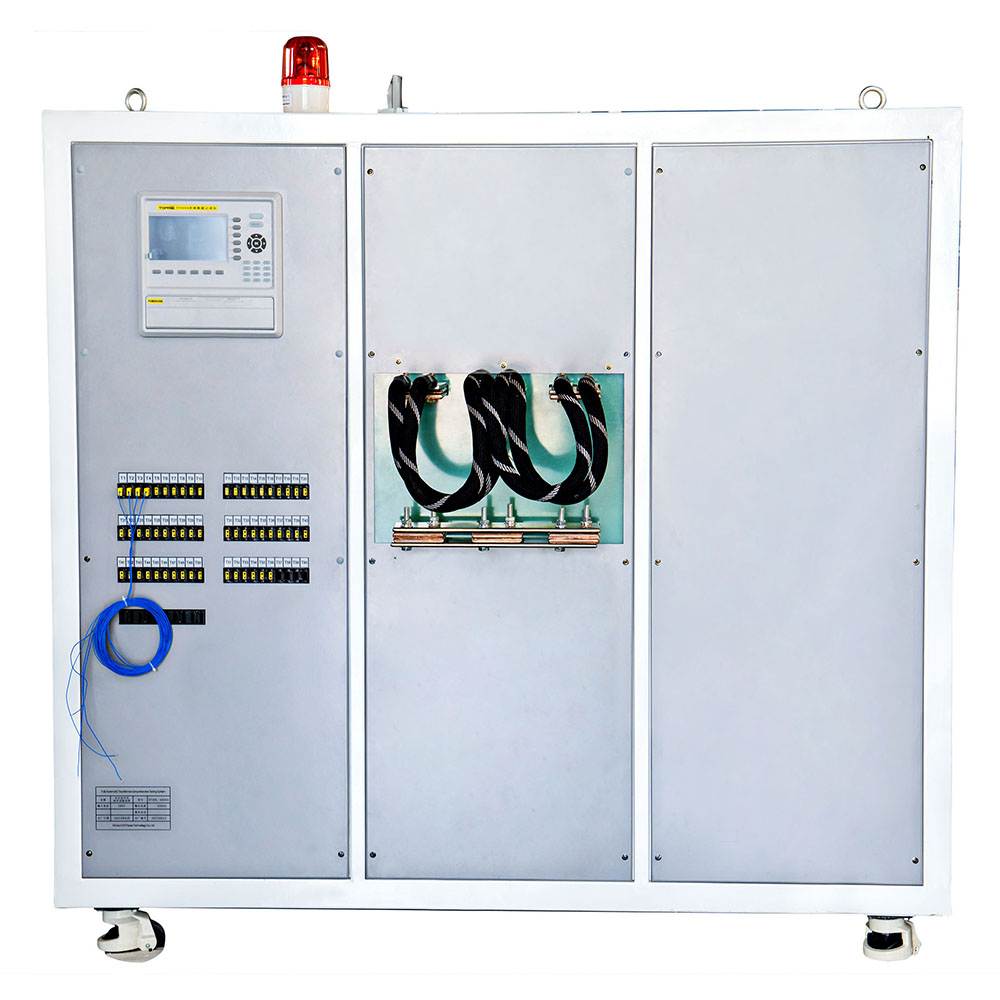
Price of temperature rise testing machine
2025-12-16The fully automatic temperature rise test device under Wuhan UHV can help many power workers conduct various power tests more conveniently.The core configuration of the temperature rise testing machine is the basis of Wuhan's UHV pricing system, and different configurations correspond to different value orientations. Current output capability is one of the key parameters. Based on the current requirements of different tested devices (such as circuit breakers, motors, and transformers), Wuhan UHV provides a current output range from tens of amperes to tens of thousands of amperes. The higher the current level and the stronger the continuous output stability, the higher the corresponding hardware cost (such as current generators and power modules), and the price will be adjusted accordingly; The accuracy and number of channels of the temperature acquisition module also affect pricing. The high-precision (± 0.1 ℃) and multi-channel (16/32 channels) acquisition scheme can simultaneousl
MORE -
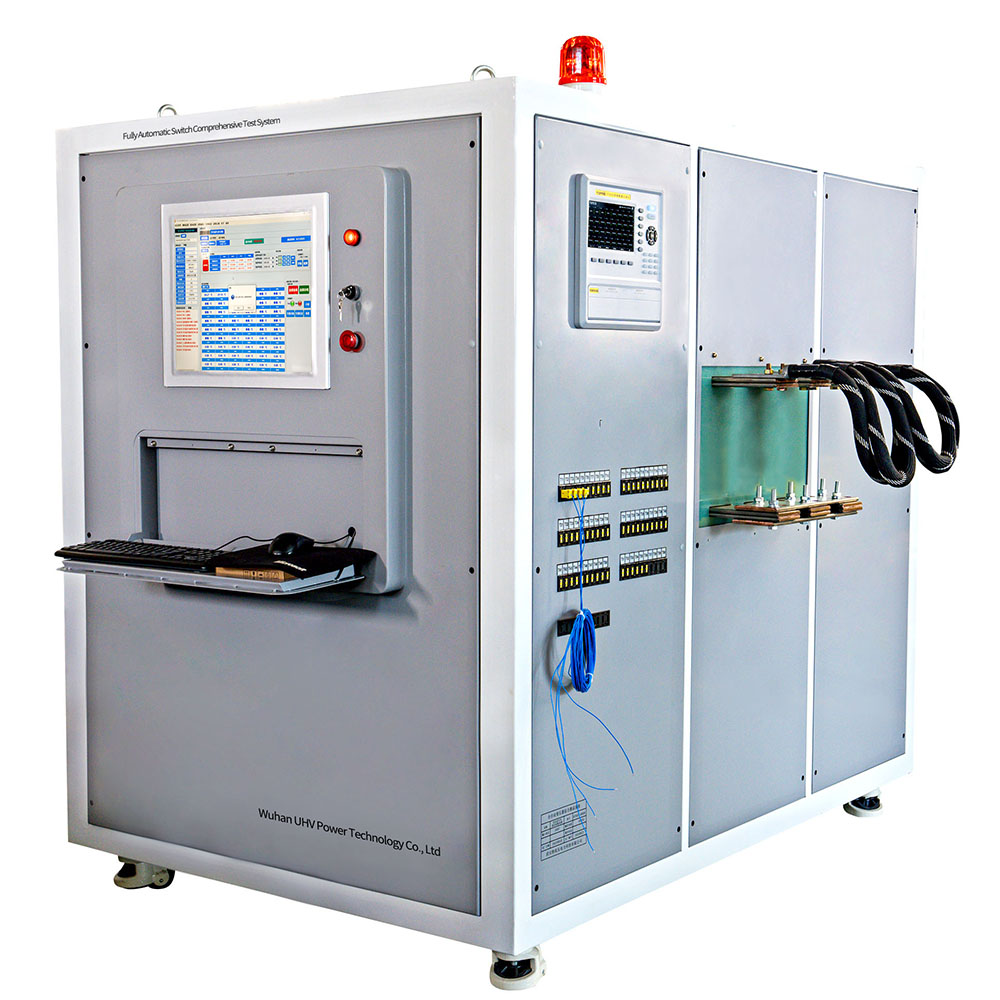
Manufacturer ranking of circuit breaker temperature rise tester
2025-12-16The fully automatic temperature rise test device under Wuhan UHV can help many power workers conduct various power tests more conveniently.Since its establishment, Wuhan UHV has focused on the field of high-voltage power testing, with significant achievements in the research and production of circuit breaker temperature rise testers. The company is rooted in Wuhan's "China Optics Valley" and has a unique technological innovation environment and talent advantage. It always adheres to the guidance of technological innovation, continuously increases research and development investment, and is committed to providing customers with high-quality and high-performance circuit breaker temperature rise testers.From a technical perspective, the Wuhan UHV circuit breaker temperature rise tester adopts high-precision temperature sensors and intelligent data acquisition systems. These high-precision temperature sensors can accurately capture the subtle temperature changes of circuit breakers dur
MORE -
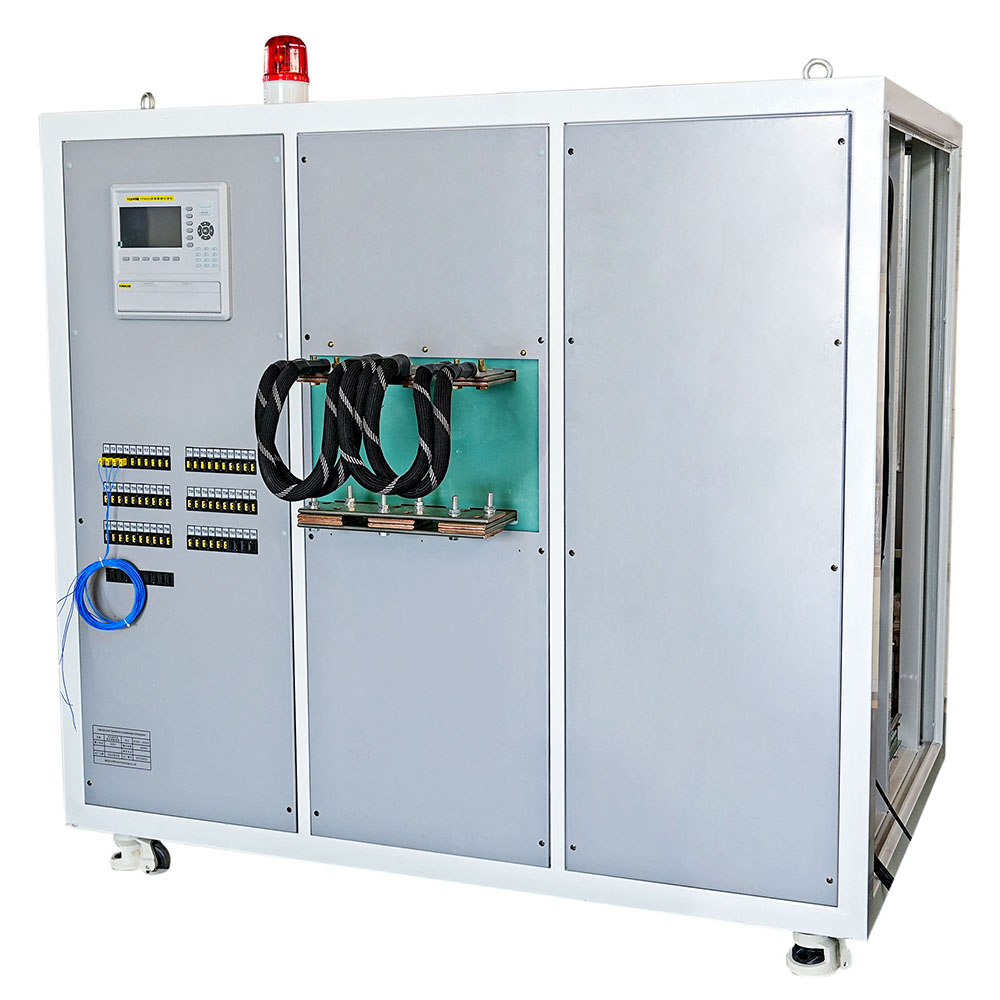
Supplier of current testing and temperature rise equipment
2025-12-15The fully automatic temperature rise test device under Wuhan UHV can help many power workers conduct various power tests more conveniently.The current testing and temperature rise equipment for Wuhan UHV has strong technical strength. The company's high current temperature rise test equipment adopts high-precision high current generation technology, with a current output stability error of less than 1%, fully meeting the standard requirements. This means that the device can stably output current, ensuring the accuracy and reliability of the test data. At the same time, the device is equipped with a multi-point temperature acquisition system, with a temperature measurement accuracy of ± 0.5 ℃, which can monitor the temperature changes of various parts of the sample in real time. For example, in a certain ultra-high voltage project, the equipment measured that the temperature rise curve of the vacuum contactor at 4000A current had an error of less than 3% compared to the simulation r
MORE -
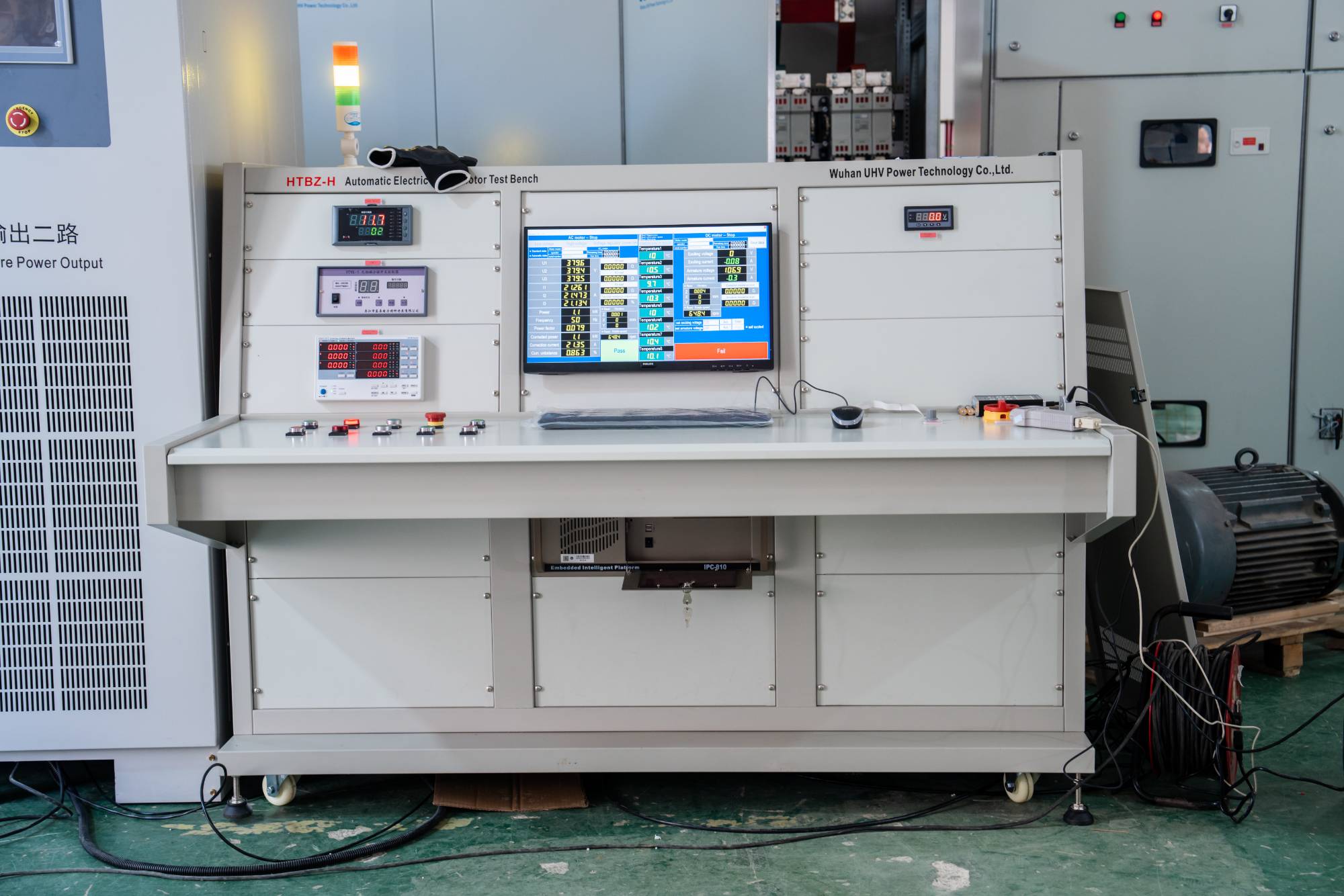
Selection of high and low voltage motor test bench
2025-12-15The motor test bench under Wuhan UHV can help many power workers conduct various power tests more conveniently.The high and low voltage motor test bench of Wuhan UHV has full scene coverage capability. Its UHV series test bench can not only meet the testing needs of high-voltage motors, but also accurately detect low-voltage motors. For example, the UHV-315 motor comprehensive test bench can meet the testing requirements of 10kV and 8000kW motors, and can complete the testing functions of various types of motors such as high voltage, low voltage, three-phase asynchronous motors, DC motors, etc. Whether in the industrial manufacturing industry, energy industry, wind and water conservancy industry, new energy rail transit industry, etc., comprehensive performance testing of motors can be carried out with this test bench.This test bench has a high-precision measurement system. It adopts a dual chip architecture of DSP and FPGA, which has extremely high accuracy in measurement. For the hig
MORE -

Series and parallel resonance
2025-12-12Series and parallel resonance? Wuhan UHV specializes in the production of series resonance, with a wide range of product selection and professional electrical testing. To find series resonance, choose Wuhan UHV. Difference between series and parallel resonanceIn a series circuit of resistors, capacitors, and inductors, the phenomenon of power supply, voltage, and current being in phase occurs, which is called series resonance. Its characteristics are: the circuit is purely resistive, the power supply, voltage, and current are in phase, the reactance X is equal to 0, and the impedance Z is equal to the resistance R. At this time, the impedance of the circuit is the smallest and the current is the largest, which may generate high voltage on the inductor and capacitor that is many times larger than the power supply voltage. Therefore, series resonance is also known as voltage resonance. The resonance voltage is superimposed with the original voltage, and parallel resonance: In parallel ci
MORE -
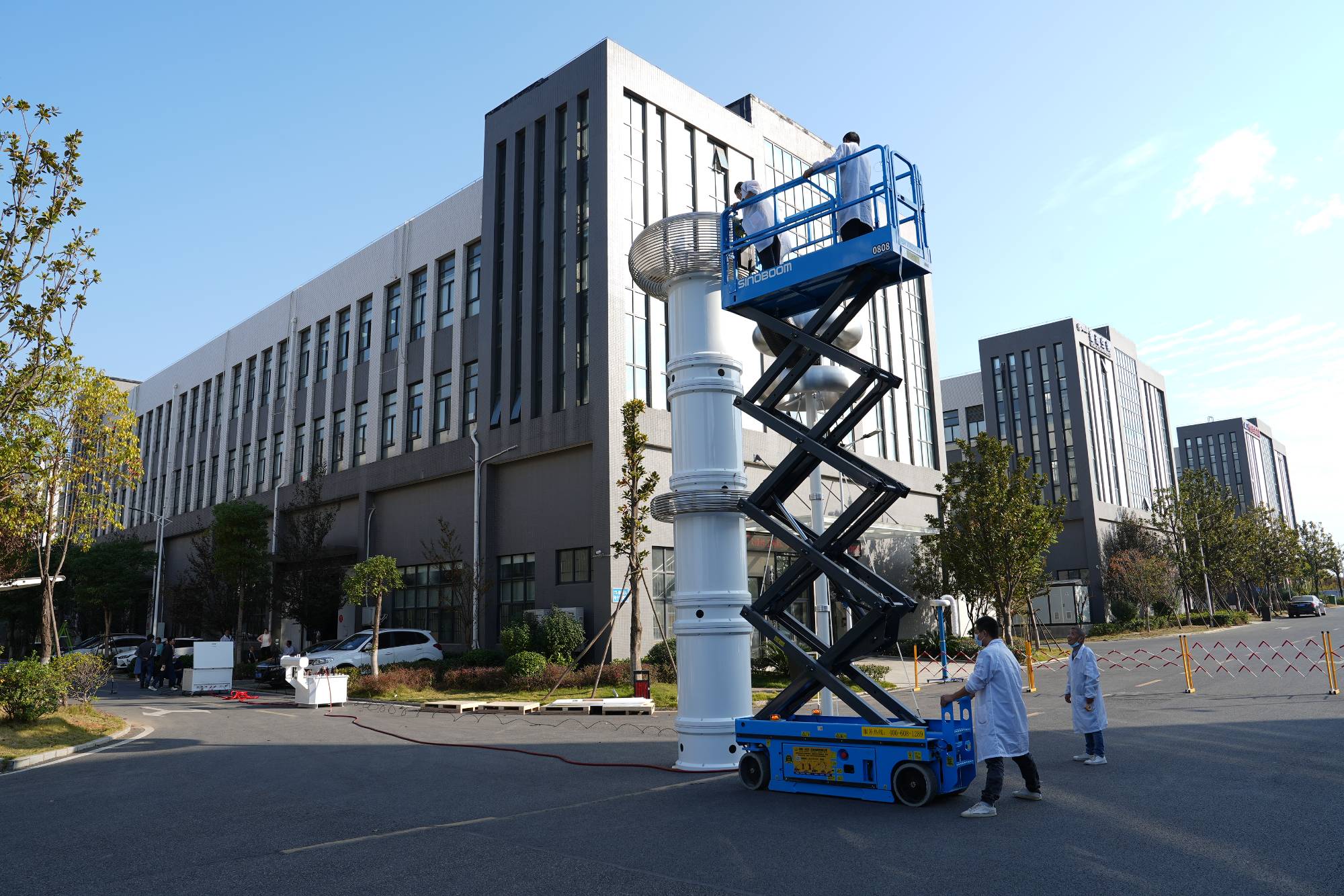
Analysis of LC series resonant circuit
2025-12-12Analysis of LC series resonant circuit? Wuhan UHV specializes in the production of series resonance, with a wide range of product selection and professional electrical testing. To find series resonance, choose Wuhan UHV. Analysis of LC series resonant circuitThe understanding method of impedance characteristics during resonance and the analysis of the working principle of LC series resonant circuit need to be divided into three frequency points and bands, namely resonance, input signal frequency higher than the resonance frequency, and input signal frequency lower than the resonance frequency. When the input signal frequency is equal to the resonant frequency, the circuit resonates, and the impedance of the LC series resonant circuit is in the minimum state, which can be equivalent to a pure resistor. At this time, the signal current flowing through the entire resonant circuit is at its maximum. The understanding method of impedance characteristics when the circuit is detuned: When the
MORE -
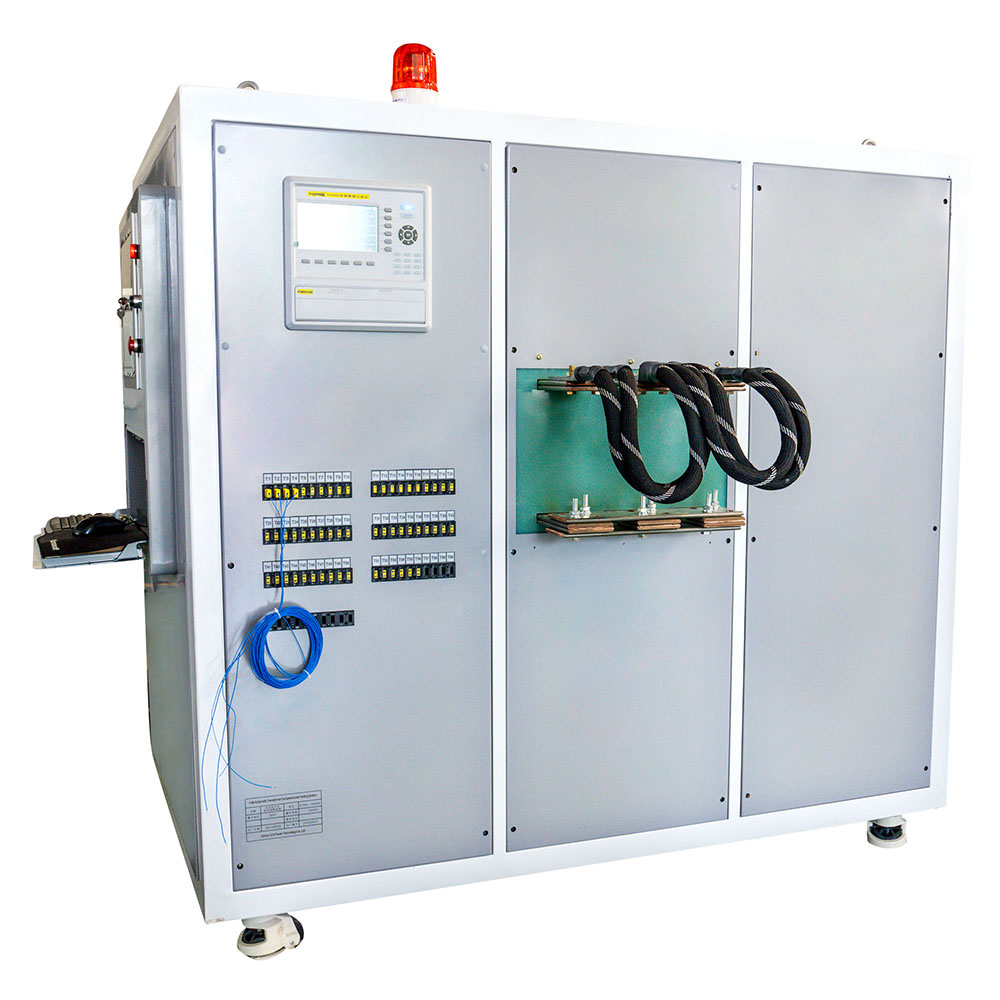
Current testing temperature rise equipment in stock
2025-12-11The fully automatic temperature rise test device under Wuhan UHV can help many power workers conduct various power tests more conveniently.The core technical parameters and performance levels are the basis for price stratification of Wuhan UHV and high voltage temperature rise test bench. For the testing of 110kV-220kV medium and high voltage equipment, the Wuhan UHV-WS300 series test bench has an output current range of 0-5000A and adopts a dry air cooling design. The current waveform distortion is less than 1%, and the temperature measurement accuracy is ± 0.5 ℃, which can meet the temperature rise testing requirements of conventional equipment such as switchgear and circuit breakers. The basic performance configuration makes its price more suitable for general testing scenarios; For ultra-high voltage equipment of 330kV and above (such as GIS and transformer bushings), the UHV-WS500 series test bench increases the output current to 0-10000A, equipped with imported high permeability
MORE -
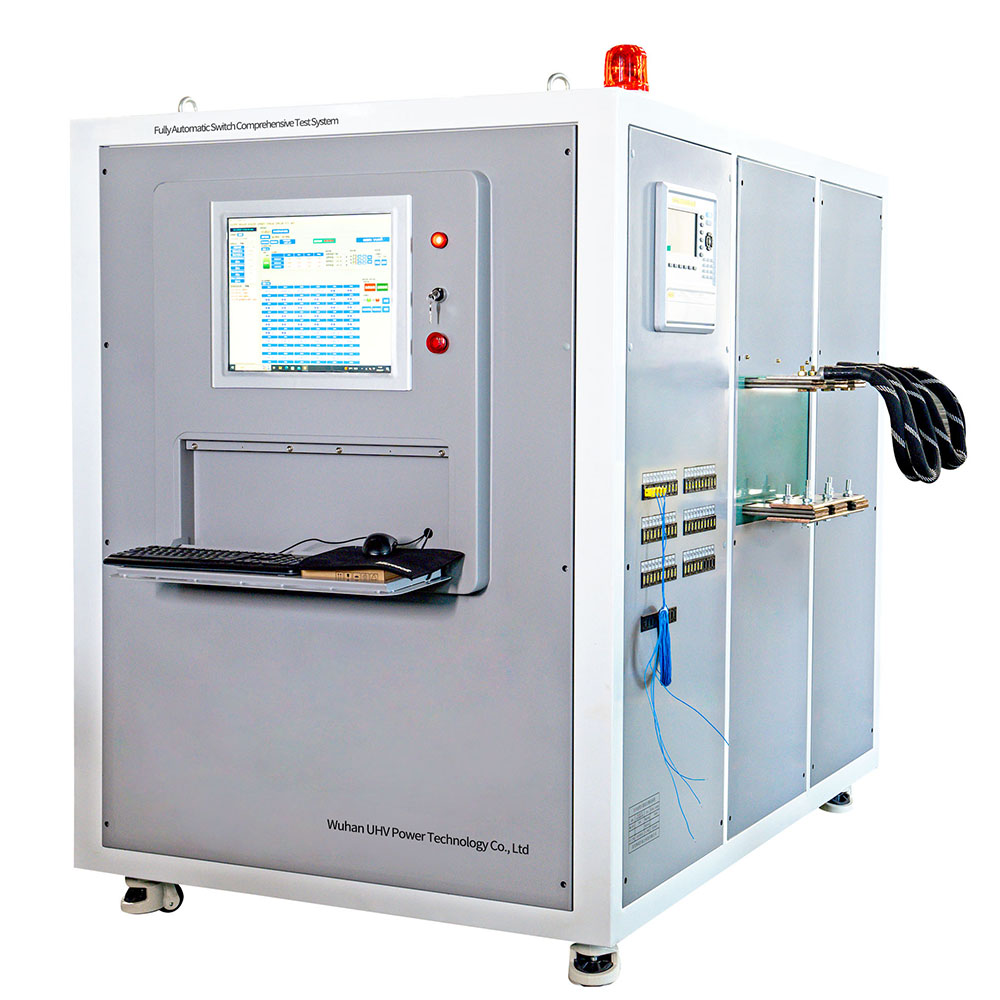
What is the price of the high-pressure temperature rise test bench
2025-12-11The fully automatic temperature rise test device under Wuhan UHV can help many power workers conduct various power tests more conveniently.The core technical parameters and performance levels are the basis for price stratification of Wuhan UHV and high voltage temperature rise test bench. For the testing of 110kV-220kV medium and high voltage equipment, the Wuhan UHV-WS300 series test bench has an output current range of 0-5000A and adopts a dry air cooling design. The current waveform distortion is less than 1%, and the temperature measurement accuracy is ± 0.5 ℃, which can meet the temperature rise testing requirements of conventional equipment such as switchgear and circuit breakers. The basic performance configuration makes its price more suitable for general testing scenarios; For ultra-high voltage equipment of 330kV and above (such as GIS and transformer bushings), the UHV-WS500 series test bench increases the output current to 0-10000A, equipped with imported high permeability
MORE



